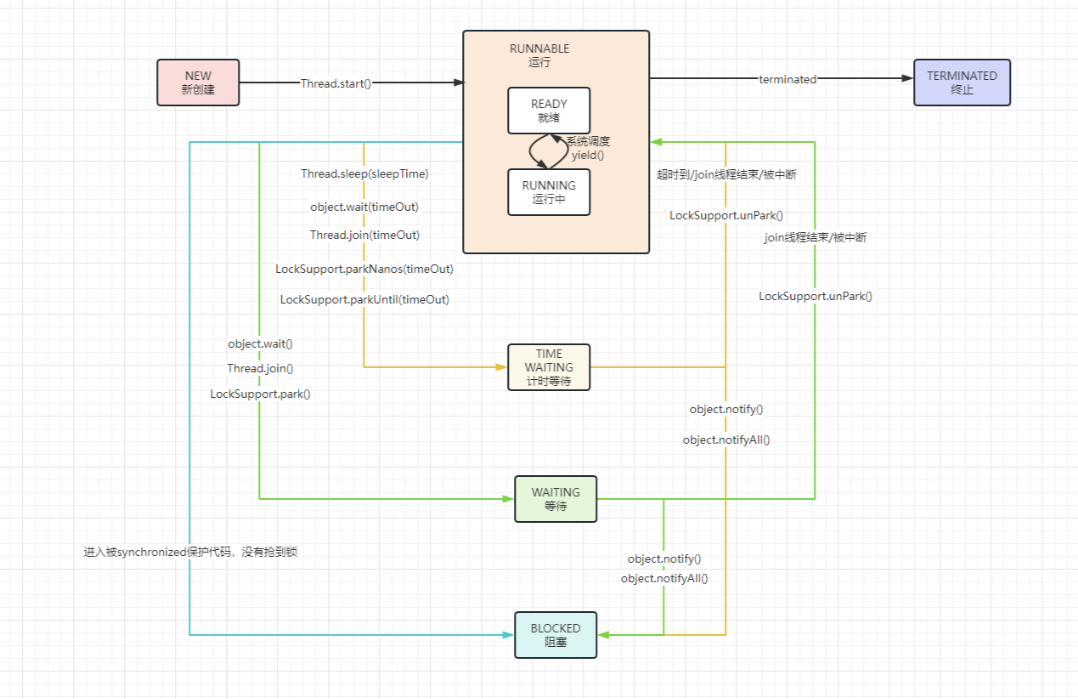1.栈:
stack.cpp
#include "stack.h"
Stack::Stack():top(nullptr),len(0){}
//析构函数
Stack::~Stack()
{
while(!empty())
{
pop();
}
}
bool Stack::empty() //判断栈是否为空
{
return top==nullptr;
}
int Stack::size()//获取栈的大小
{
return len;
}
//压栈操作
void Stack::push(int element)
{
StackNode *newnode=new StackNode(element);//申请空间并初始化
newnode->next=top;
top=newnode;
len++;
}
//出栈操作
int Stack::pop()
{
if(empty())
{
throw out_of_range("空栈");
}
StackNode *temp=top;
int value=top->data;
top=top->next;
delete temp;
len--;
return value;
}
//查看栈顶元素
int Stack::look_top()
{
if(empty())
{
throw out_of_range("空栈");
}
return top->data;
}
//清空栈
void Stack::clear()
{
while (!empty())
{
pop();
}
}
Stack& Stack::operator=(const Stack& other)
{
if (this != &other)
{
clear(); // 清空当前栈
// 复制元素
StackNode *current = other.top;
while (current != nullptr)
{
push(current->data);
current = current->next;
}
}
return *this;
}
void Stack::swap(Stack& other)
{
StackNode* tempTop = top;
top = other.top;
other.top = tempTop;
int templen = len;
len = other.len;
other.len = templen;
}
stack.h
#ifndef STACK_H
#define STACK_H
#include <iostream>
#include <stdexcept>
using namespace std;
//栈节点
class StackNode
{
public:
int data;//存储数据
StackNode *next;//指向下一个节点
//构造函数
StackNode(int d):data(d),next(nullptr){}
};
class Stack
{
private:
StackNode *top;//指向栈顶
int len;//栈中元素数量
public:
Stack();
//析构函数
~Stack();
bool empty(); //判断栈是否为空
int size();//获取栈的大小
//压栈操作
void push(int element);
//出栈操作
int pop();
//查看栈顶元素
int look_top();
//
void clear();
Stack& operator=(const Stack& other) ;
void swap(Stack& other);
};
#endif // STACK_H
2.队列
queue.cpp
#include "queue.h"
// 构造函数
Queue::Queue() : front(nullptr), rear(nullptr), count(0)
{
}
Queue::~Queue()
{
clear();
}
void Queue::clear()
{
while (front != nullptr)
{
QueueNode* temp = front;
front = front->next;
delete temp;
}
rear = nullptr;
count = 0;
}
// 查看队列前端元素
int Queue::frontElement()
{
if (empty())
{
throw std::out_of_range("空队列");
}
return front->data;
}
// 查看队列尾部元素
int Queue::backElement()
{
if (empty())
{
throw std::out_of_range("空队列");
}
return rear->data;
}
//判断队列是否为空
bool Queue::empty()
{
return front == nullptr;
}
// 获取队列的大小
int Queue::size()
{
return count;
}
// 入队操作
void Queue::push(int element)
{
QueueNode* newNode = new QueueNode(element);
if (rear == nullptr) // 队列为空
{
front = rear = newNode;
} else
{
rear->next = newNode;
rear = newNode;
}
count++;
}
// 出队操作
int Queue::pop()
{
if (empty()) {
throw std::out_of_range("空队列");
}
QueueNode* temp = front;
int dequeuedValue = front->data;
front = front->next;
if (front == nullptr) {
rear = nullptr;
}
delete temp;
count--;
return dequeuedValue;
}
void Queue::swap(Queue& other) {
using std::swap;
swap(front, other.front);
swap(rear, other.rear);
swap(count, other.count);
}
queue.h
#ifndef QUEUE_H
#define QUEUE_H
#include <iostream>
using namespace std;
class QueueNode
{
public:
int data;
QueueNode *next;
//有参构造
QueueNode(int d):data(d),next(nullptr){}
};
class Queue {
private:
QueueNode* front; // 指向队列头部的指针
QueueNode* rear; // 指向队列尾部的指针
int count; // 队列中元素的数量
public:
// 构造函数
Queue();
// 析构函数
~Queue();
//清空队列
void clear();
//判断队列是否为空
bool empty();
// 获取队列的大小
int size();
// 入队操作
void push(int element);
// 出队操作
int pop();
// 查看队列前端元素
int frontElement();
// 查看队列尾部元素
int backElement();
// 交换两个队列的内容
void swap(Queue& other);
};
#endif // QUEUE_H




















